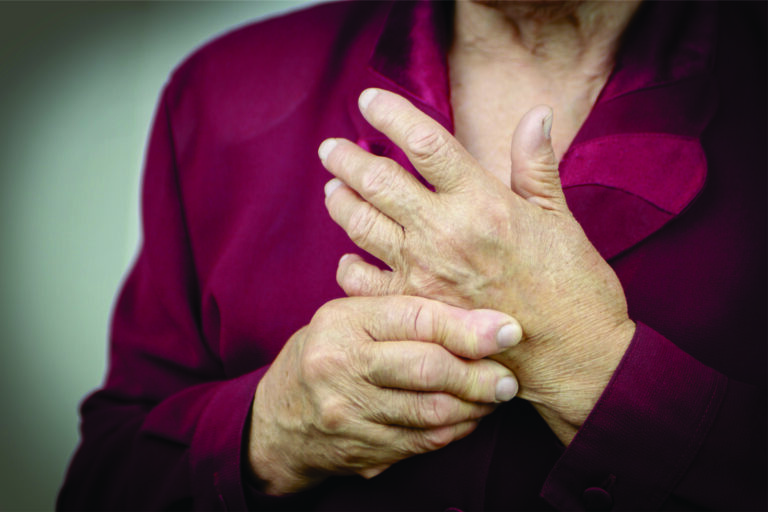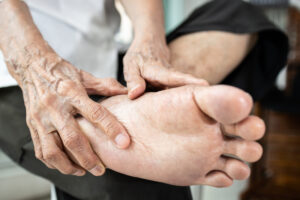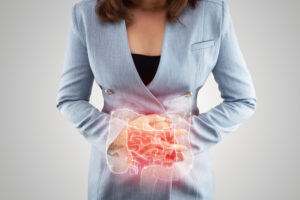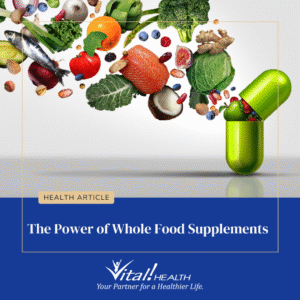Osteoarthritis is the most common form of arthritis in the United States, affecting an estimated 21 million adults. Osteoarthritis affects the work of millions of people by resulting in frequent missed days from work, needing assistance from co-workers, decreased levels of performance, needing work-site modifications and lost employment opportunities due to inability to meet job demands. Arthritis can affect home life by necessitating assistance with daily activities such as dressing, cleaning, cooking and driving. Arthritis can get so severe that change of employment is necessitated.
NSAIDS (non-steroidal anti-inflammatory drugs) are commonly used to help deal with the pain. They can cause gastrointestinal bleeding, leaky gut, heart complications, lung complications, etc. According to Dr. Joseph Pizzorno and Dr. Michael Murray, NSAID use can “deteriorate the very joints that they are taken for, because they turn off the chemistry to repair…” Sherry Rogers, M.D., says the drugs “all steal from cartilage chemistry, fostering breakdown of protective cartilage…” this increases your risk for surgery and eventual joint replacement.
Cortisone injections are sometimes used and are sometimes effective in providing short term pain relief and increased joint mobility. However, they don’t improve joint health and after a few series of injections often result in a buildup of adhesions, scar tissue and further damage. According to the New England Journal of Medicine, arthroscopic surgery isn’t always the best option either.
Increasingly, more and more experts are concluding that osteoarthritis is not a problem of tissue wear and tear. According to Paul Dieppe, M.D., University of Bristol, England, what’s needed “is a more holistic approach.” According to Judith DeCava, osteoarthritis “is more complex than previously thought and ‘has definite environmental risk factors’ that include toxins and malnutrition (a lack of needed real food components and/or disruptions causing food intolerances).” According to Timothy McAlinson, M.D., of Boston University, data “suggests that optimizing the nutritional status of the population may well play some role in the secondary and possibly primary prevention of this disease.”
According to an article published in Arthritis Today, “acupuncture has become one of the most popular – and accepted – unconventional therapies within the United States. An estimated 15 million Americans have tried this needle therapy… In 1997, a National Institutes of Health panel found acupuncture to be an acceptable treatment for many pain conditions, including fibromyalgia and general musculoskeletal pain. And, no, it usually doesn’t hurt after an initial “pinch” or sting.”
I have found, in my own practice, that individually, acupuncture and nutritional therapy each help in dealing with osteoarthritis. However, when the two therapies (acupuncture and nutritional therapy) are combined, they work exponentially better than either acupuncture or nutrition on its own…and without the undesirable side effects. What that means to you is when you feel better and hurt less, your productivity in the workplace will increase and you are less likely to lose your job due to excess sick leave or inability to fulfill your job requirements adequately.
© 2008 Holly A. Carling, O.M.D., L.Ac., Ph.D.







